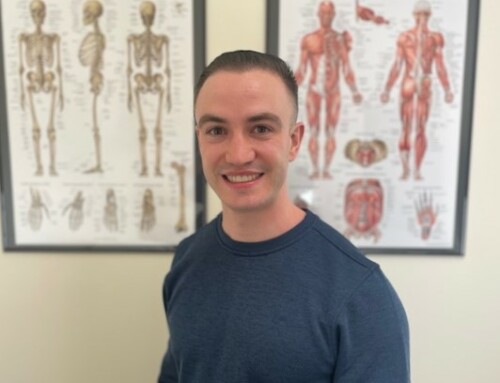By Abby Haviland, SPT
Benefits of PT for Fibromyalgia
How can physical therapy treatment for Fibromyalgia improve symptoms and improve quality of life?
What is Fibromyalgia?
Fibromyalgia is a common chronic pain syndrome. It currently affects about 4 million adults in the US, around 2% of the adult population. It affects women 3 times more than men and it is most commonly diagnosed during middle age. The main characteristics of fibromyalgia include chronic widespread musculoskeletal pain and increased pain sensitivity, which can result in disability and a lower quality of life.
The etiology of fibromyalgia is not well understood, but hyper-responsiveness and hyperexcitability of the central nervous system (central sensitization) seem to be involved in the development and persistence of pain. Fibromyalgia can develop spontaneously, after an infection, or as a response to an accumulation of physical or psychological stress. You are also more likely to develop fibromyalgia if you have lupus or rheumatoid arthritis, or if you have a positive family history.
The most common symptoms of fibromyalgia include:
- Widespread pain and stiffness
- Fatigue
- Trouble sleeping/ non-restorative sleep
- Depression and anxiety
- Problems with memory and concentration
- Headaches and migraines
Diagnosis of Fibromyalgia
There are currently no definitive diagnostic tests for fibromyalgia. The diagnosis is based on clinical criteria. In the past, a diagnosis would be made based on a tender point exam where a doctor would check 18 specific points on a person’s body to see how many of them were painful. Newer guidelines for diagnosis require widespread pain throughout the body for at least 3 months in at least 4 out of 5 areas. Your healthcare provider may also use additional tests to rule out other causes of your chronic pain.
How Can Physical Therapy Treatment for Fibromyalgia Help?
Physical therapy treatment for fibromyalgia is aimed at reducing symptoms, improving function, and optimizing quality of life. Physical therapists can help by developing an individualized program that incorporates aerobic exercises (bicycling, walking, swimming), strengthening exercises (resistance training, weightlifting), stretching exercises, and meditative exercises (yoga, tai chi).
A physical therapist can also provide education on ways you can self-manage your symptoms. These interventions can reduce pain and fatigue, and can have a beneficial effect on sleep quality, impact of fibromyalgia symptoms, depression symptoms, and overall quality of life.
Treatment for fibromyalgia requires a patient-centered, multidisciplinary approach. Other forms of treatment include cognitive behavioral therapy, meditative movement, massage, and acupuncture. Pharmacological treatments for fibromyalgia are usually used to complement an active rehabilitation program and can help with symptom management. Certain medications can be used to treat pain and sleep disturbances, but they do not work for everyone and can potentially result in a number of side effects.
Contact Capital Area Physical Therapy at (518) 289-5242 for more information or a PT evaluation for a number of strategies, techniques and physical therapy treatments for Fibromyalgia in the NY Capital District, Malta and Queensbury NY.





